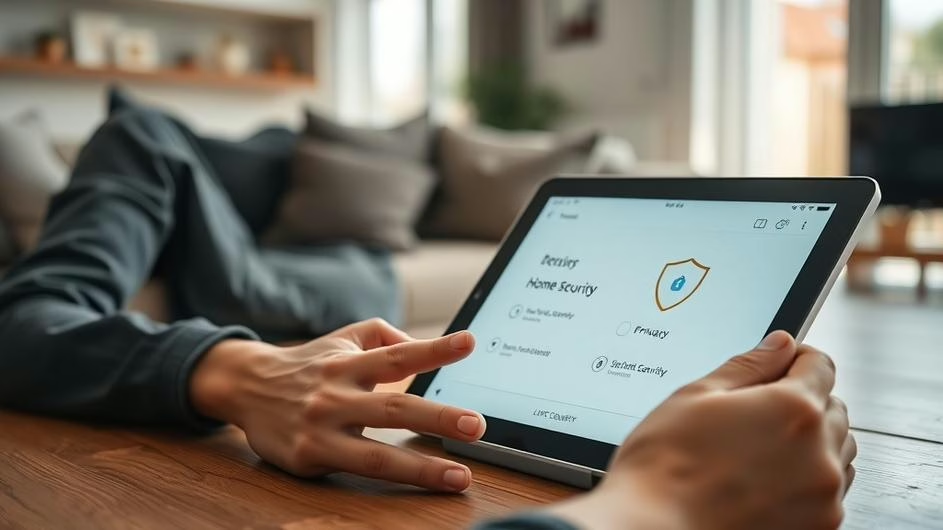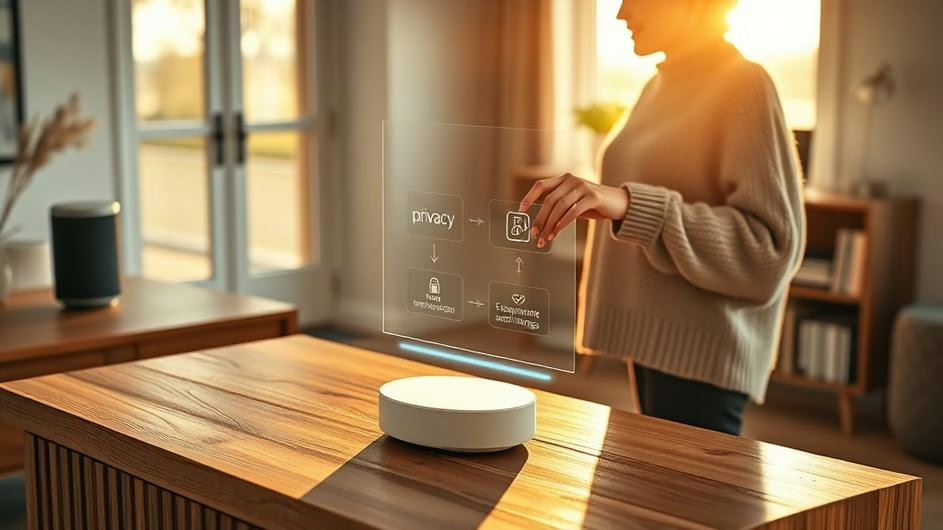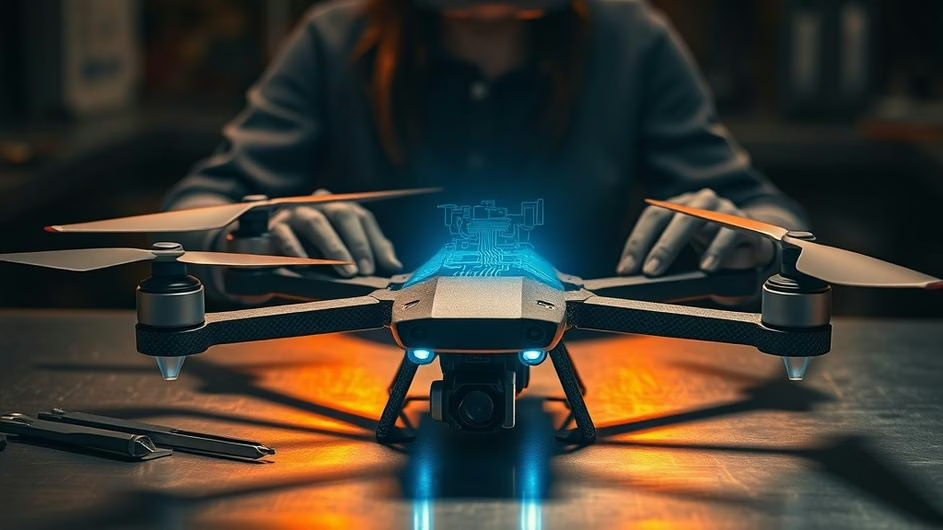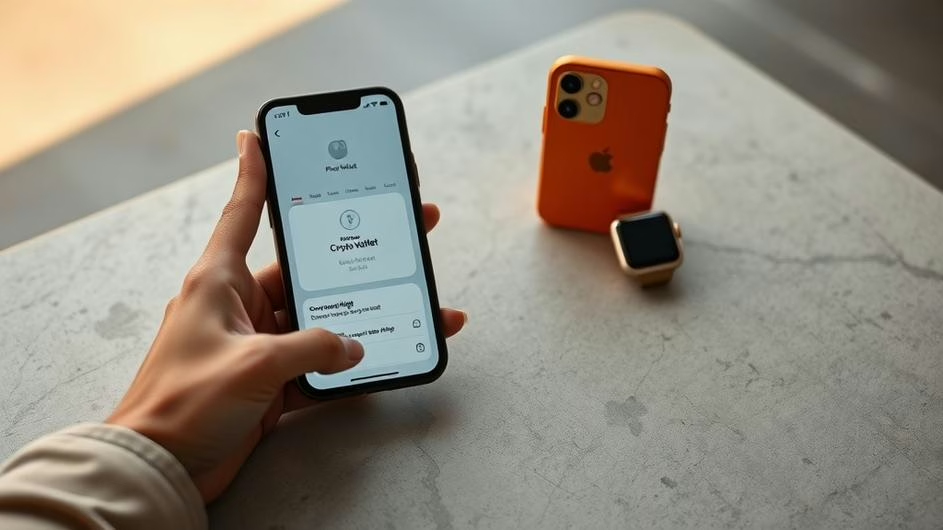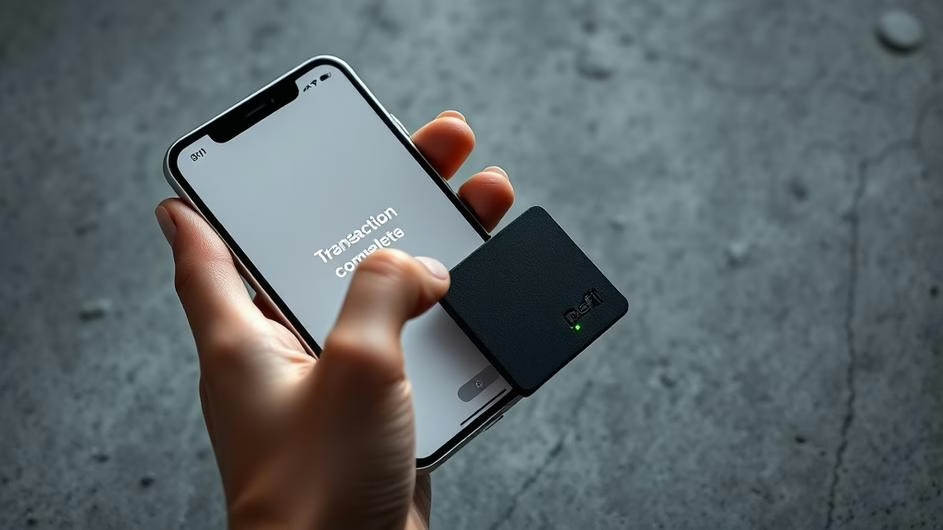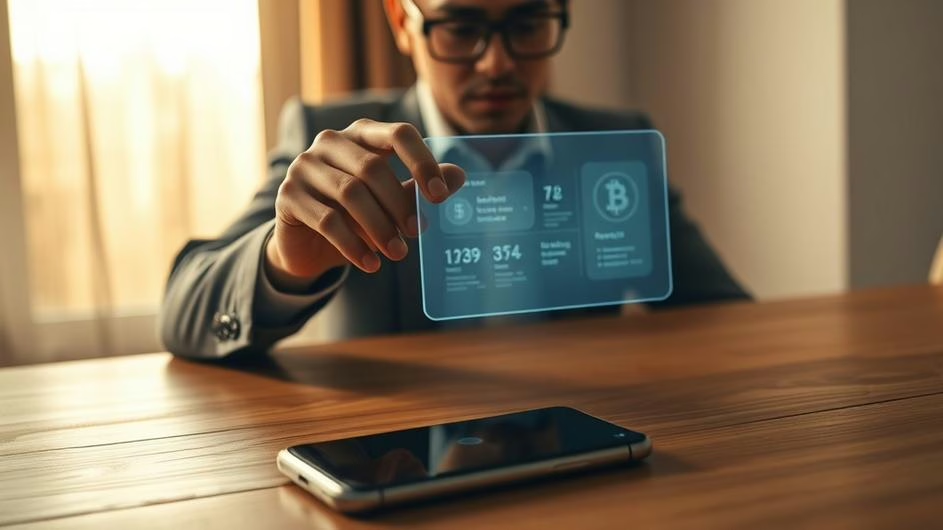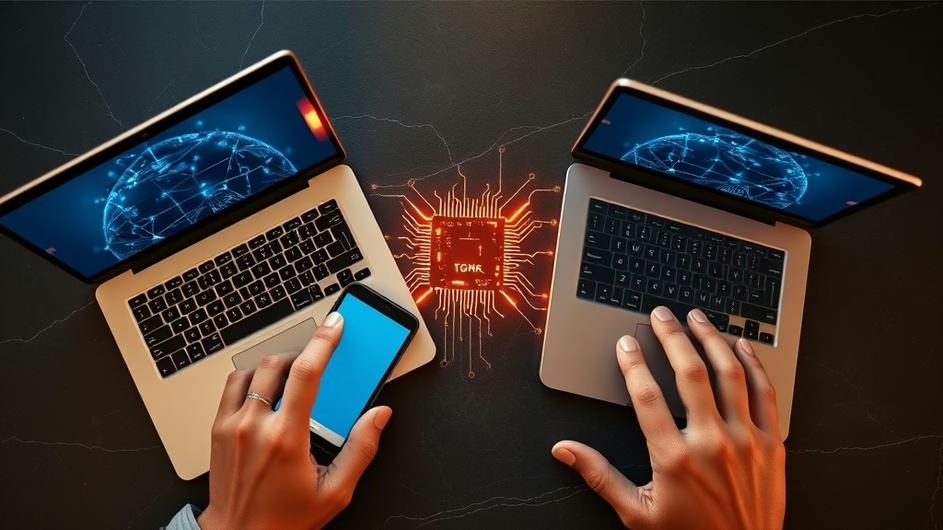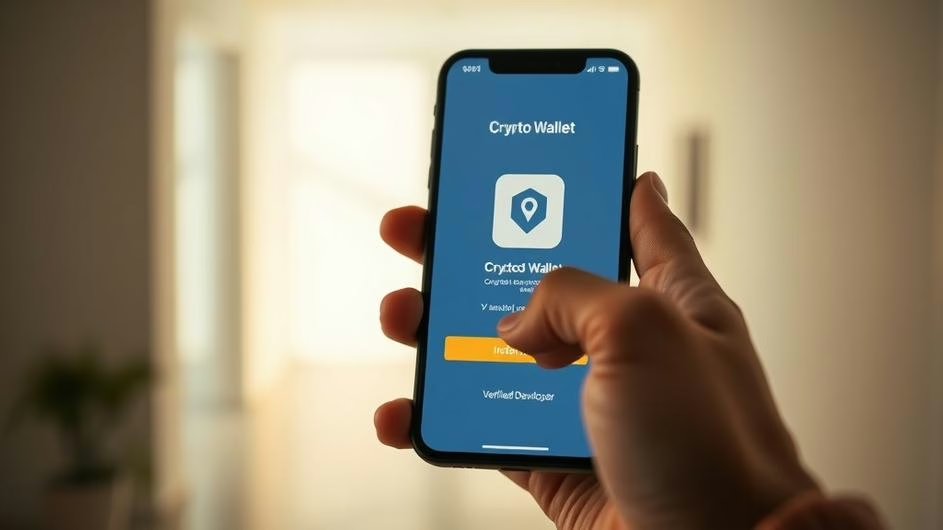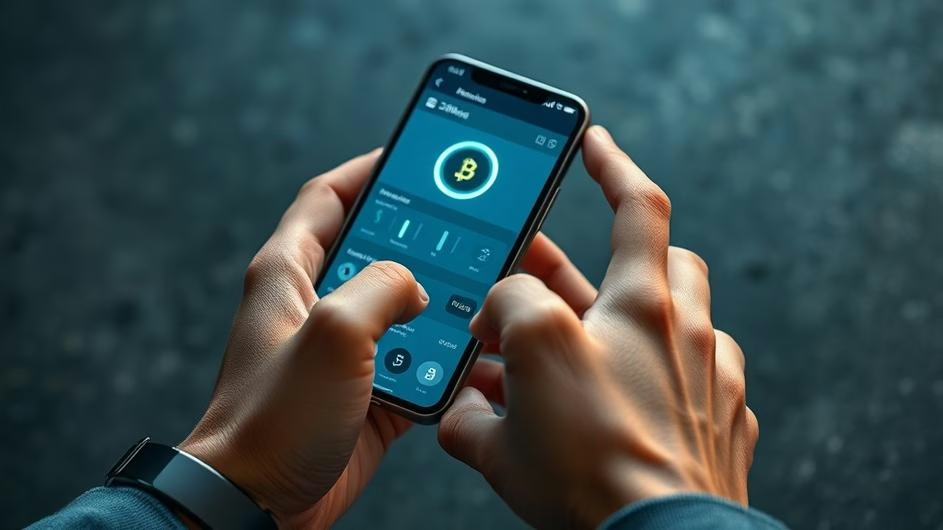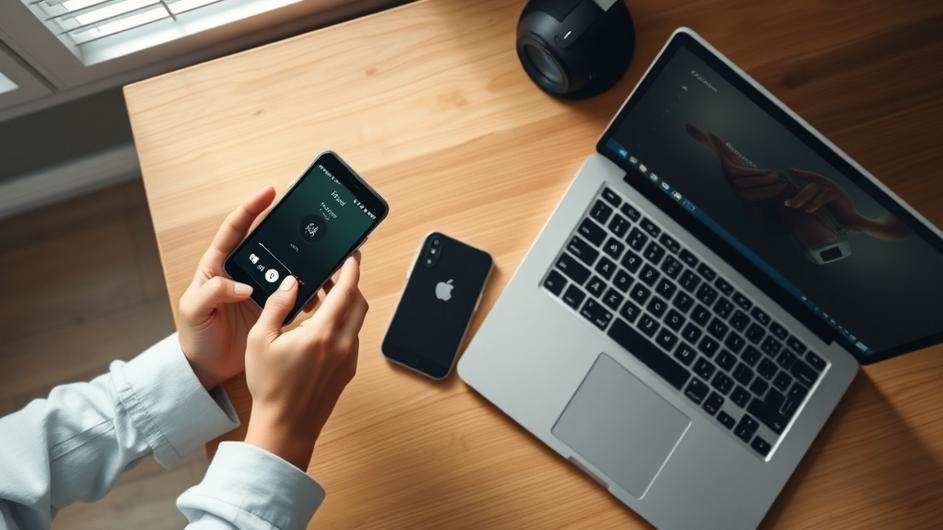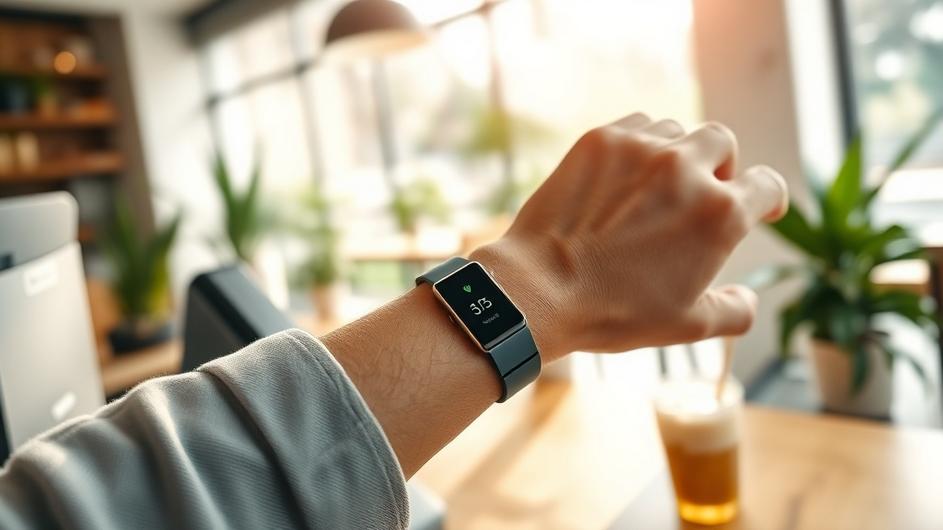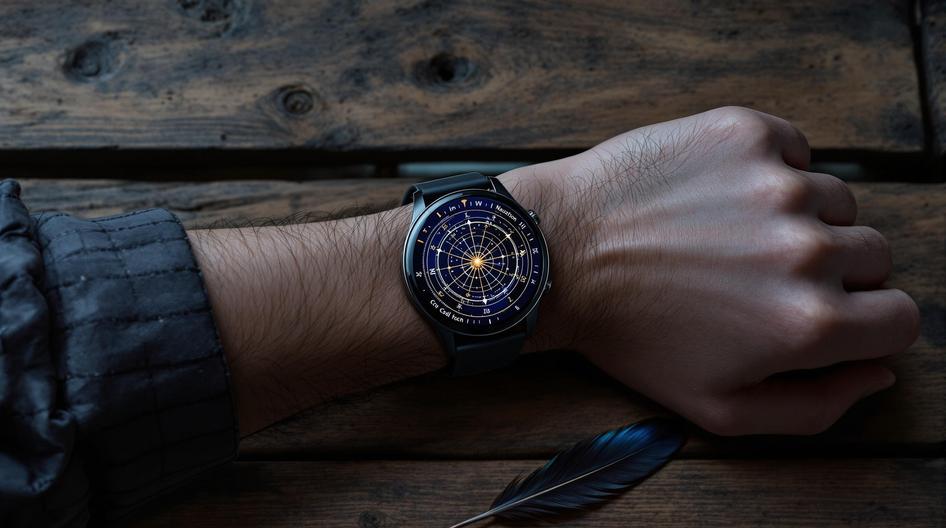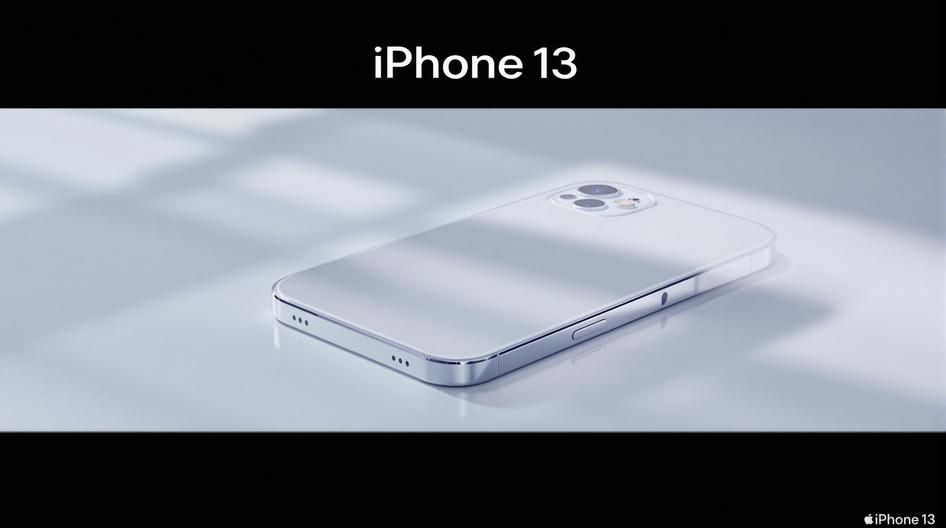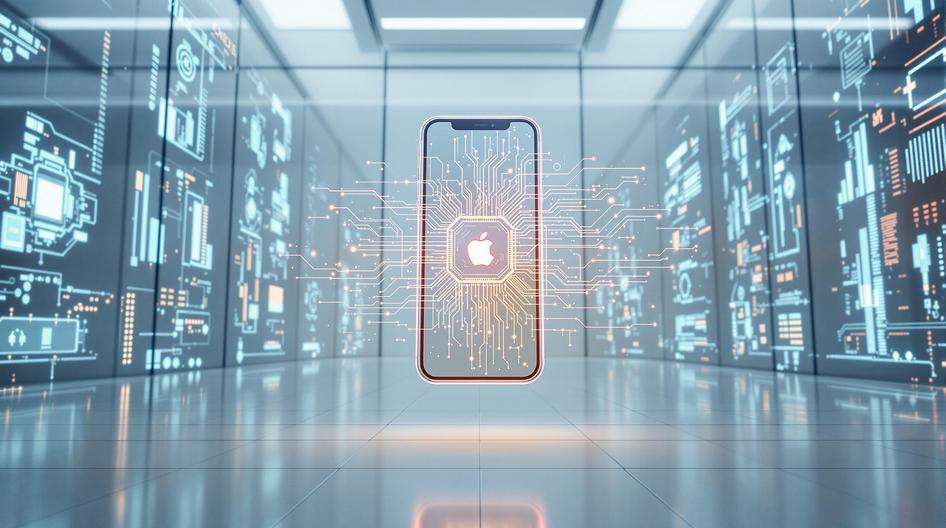
Android 16 Ushers in a New Era of Security and Updates
Digital threats aren’t slowing down, and neither is Google. October 2025 has become a pivotal month for Android users, particularly those deep in the crypto space, as sweeping security updates roll out worldwide. Whether you’re trading Bitcoin on the go or developing the next breakthrough DeFi app, these changes will directly impact how you interact with your devices.
Advanced Protection Goes Mainstream
Google’s Advanced Protection feature has been the tech world’s best-kept secret for years. Previously reserved for high-risk users like journalists and activists, it’s now available to anyone running Android 16. Think of it as your phone’s personal bodyguard.
Activating this feature couldn’t be simpler. Head to Settings, tap Security and Privacy, and toggle it on. The moment you do, your device gains multiple layers of defense that’ll make crypto wallet hackers think twice. For anyone managing substantial digital assets or running crypto portfolios from their phone, this isn’t just convenient – it’s essential.
Why does this matter? Phishing attacks have evolved far beyond simple email scams. Today’s cybercriminals craft sophisticated campaigns targeting crypto users specifically, knowing that mobile devices often store wallet access keys and trading app credentials.
The 2G Problem Gets Fixed
Here’s something most people don’t know: those ancient 2G networks are still running, and they’re basically digital Swiss cheese when it comes to security. Google’s warning about 2G networks isn’t just precautionary – it’s addressing a real vulnerability that hackers have exploited for years.
With Android 16, you can completely shut off 2G connectivity at the hardware level. Samsung’s taken this even further, making these restrictions the default on their newest phones. For crypto traders who rely on SMS-based two-factor authentication, this change eliminates a major attack vector that could compromise your accounts.
Remember, those SMS codes protecting your exchange accounts? They travel through networks, and 2G networks don’t encrypt that traffic properly. One intercepted message could mean game over for your digital assets.
ClayRat: The Shape-Shifting Threat
Just when you thought you’d seen every type of mobile malware, along comes ClayRat. This sophisticated spyware doesn’t just steal your data – it impersonates apps you use daily like WhatsApp, TikTok, and YouTube.
The scary part? Once ClayRat infects a device, it spreads through your contact list like wildfire, sending malicious SMS messages that look legitimate. For crypto communities that often share wallet addresses and trading tips through messaging apps, this represents a particularly nasty threat.
Google’s Play Protect has responded quickly, but this highlights a crucial point for crypto users: stick to official app stores whenever possible. That sketchy DeFi wallet you found on some random website? Maybe think twice before installing it.

Developer Tools Get an Upgrade
The October 2025 system updates aren’t just about security – they’re packed with developer-friendly improvements that’ll benefit the entire ecosystem. Enhanced Security and Privacy APIs mean crypto wallet developers can build more robust applications that better protect user data.
These updates extend across Google’s entire ecosystem: Wear OS, Android TV, Android Auto, even PCs. For developers working on Web3 applications, this creates new opportunities to build privacy-first solutions that meet both technical demands and regulatory requirements.
What does this mean for everyday users? Better integration between your devices, smoother wallet experiences, and apps that can more effectively protect your sensitive crypto data across platforms.
Hardware Keeps Pace
Samsung’s Galaxy S22 series just received its fourth and final major Android update, bringing One UI 8 based on Android 16 to millions of users. Even as the S22 approaches the end of its software support cycle, Samsung’s ensuring these devices remain secure against evolving threats.
This matters more than you might think. In the crypto world, device security isn’t optional – it’s fundamental. Whether you’re a day trader monitoring markets or a developer testing smart contracts, knowing your hardware stays protected gives you the confidence to innovate.
The Bigger Picture
These updates represent something bigger than incremental improvements. They signal a fundamental shift in how tech companies approach mobile security, particularly as crypto adoption accelerates and mobile devices become the primary gateway to decentralized finance.
The ability to quickly disable vulnerable networks, deploy advanced protections, and identify sophisticated malware campaigns isn’t just nice to have – it’s becoming a competitive necessity. As Web3 and traditional finance converge, mobile security becomes the foundation everything else builds on.
For crypto investors, this evolution means you can transact, trade, and manage digital assets with greater confidence. For developers, it opens doors to build more sophisticated applications without compromising security. And for the broader ecosystem, it establishes mobile devices as legitimate platforms for serious financial innovation.
The rapid pace of these changes will undoubtedly influence how regulators view mobile crypto activities and may accelerate adoption of blockchain technologies across traditional industries.
October’s updates aren’t just about better phones – they’re about building the infrastructure for a more secure, decentralized digital future. And frankly, it’s about time.
Sources
• “Android Has A Powerful Security Feature Hidden In The Settings – Here’s How To Turn It On,” bgr.com, October 5, 2025
• “What’s new in Android’s October 2025 Google System Updates,” 9to5Google, October 6, 2025
• “Google Warns All Android Users—Do Not Use These Networks,” Forbes, October 4, 2025
• “New Android spyware ClayRat imitates WhatsApp, TikTok, YouTube,” BleepingComputer, October 9, 2025
• “Samsung Galaxy S22 is getting its fourth and final major Android update,” Android Authority, October 6, 2025








